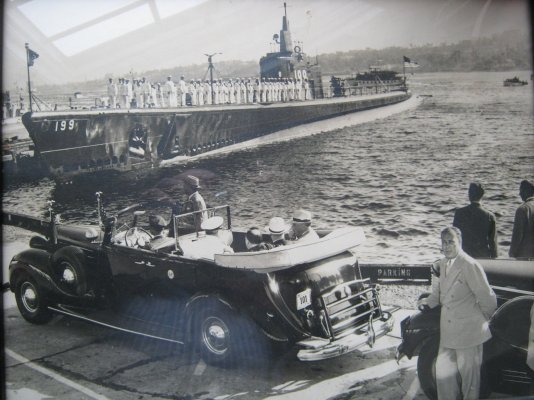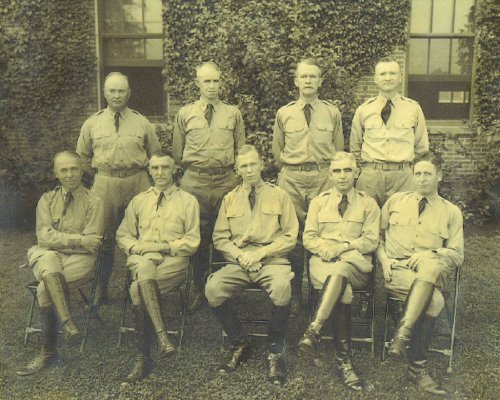Not a historic highway, but a historic waterway is located near me. There are still remnants of the old canal locks (flat stone construction) throughout the area.
 THE ERIE CANAL JULY 4, 1817
THE ERIE CANAL JULY 4, 1817
The ceremonies outside the village of Rome on Independence Day, 1817, climaxed years of discussion about building the Erie Canal. Dignitaries and local citizens assembled at sunrise to attend the start of construction. Judge Joshua Hathaway, a veteran of two American Wars, spoke and began the excavation. Judge John Richardson, the first contractor, then turned the earth. Cannon boomed as others started digging.
Benjamin Wright, "the father of American engineering," assisted by John B. Jervis, supervised construction of the section between Utica and the Seneca River. In the first year, 15 miles were constructed. By October, 1819, the 98-mile section was completed, and the first boat traveled from Rome to Utica.
When finished in 1825, the Erie Canal was considered the foremost engineering achievement of the time. The 363-mile canal crossed the State and became the main route between the Atlantic Ocean and the Great Lakes. Western New York flourished with new, cheap transportation. The canal insured the place of New York City as the Nation's greatest port and city, and it hastened development of the Midwest.
The modernized State Barge Canal System, consisting of the Erie, Champlain, Oswego and Cayuga-Seneca Canals, was completed in 1918.




